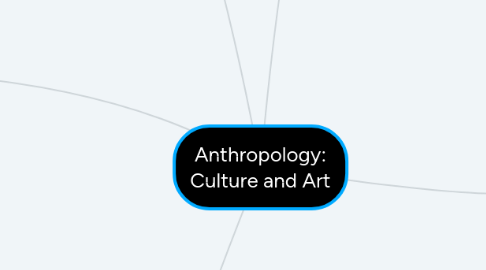Anthropology: Culture and Art
создатель Nathaniel Padua


1. Marketing Exotic Art
1.1. In an effort to retain some sense of power for themselves, those who were colonized began to produce art specifically meant for tourism -- this market was made up of "authentic primitive art" and "inauthentic primitive art" (both of which had a market)
1.2. Interesting Quote: "While colonizing Europeans collected artefacts to represent exotic places and primitive peoples, colonized peoples recognized opportunities to participate in commercial exchange on terms over which they had some control. Artefacts whose value had depended on relationships within and between their own communities could be made as commodities to be exported for whatever money could buy in the world beyond" (Burt 189).
1.3. Interesting Quote: "It was not only marginalized people like Native Americans who adapted their artefacts to this market; any artistic tradition able to capture the Western imagination as authentically exotic could take part, providing it conformed to a marketable category. West African woodcarvers have proved especially adept in meeting the criteria for “authentic primitive art,” at least when not too strictly applied..." (Burt 192-193).
2. Artistic Colonialism
2.1. Even in a post-Colonialistic era, the Western elite still demonstrate secluding and oppressive behaviors towards marginalized artistic communities throughout the world.
2.2. Interesting Quote: "In the colonial homelands, the glories of empire were proclaimed through stereotyped images personifying the exotic wealth of far-flung dominions, while in the colonies settlers represented the new homelands they sought to create. For colonial settlers fighting to establish themselves on other people’s lands, it was expedient to portray their indigenous opponents as savages and primitives. Their more secure descendants were often more inclined to reflect nostalgically on the history of the land that was now theirs and to claim its former inhabitants in the same way" (Burt 206).
2.3. Interesting Quote: "In colonial images, Native North Americans became the epitome of the “noble savage,” especially those in the west who avoided conquest long enough to be portrayed with the technologies of the nineteenth and twentieth centuries. Nineteenth-century painters who toured the American frontier regions made generally sympathetic romantic paintings of Natives and their lifestyles that were widely exhibited and published" (Burt 206).
3. The Global and the Local
3.1. Interesting Quote: "Every community in the world is touched by these developments, however hard some try to evade them, and the consequences include changes in their artistic culture, for better or worse. There can be no doubt that globalization is reducing the artistic diversity of the world, even as it offers new creative opportunities" (Burt 223).
3.2. In the past hundred years, art has been utilized to establish dominance amongst marginalized cultural groups. To combat this, such marginalized cultural groups are demanding for a place in the artistic world.
3.2.1. Interesting Quote: "The history of the last five hundred years has been one of increasing integration among the peoples and cultures of the world. The global economic and political system was driven by Europeans and the West for long enough to give their culture enormous influence throughout the world, despite the emergence of new centers of power in the late twentieth century. This influence has been exercised in the interests of wealthy elites whose power and privilege enables them to set the agenda for others, especially from the metropolitan centers of Western countries" (Burt 222).
